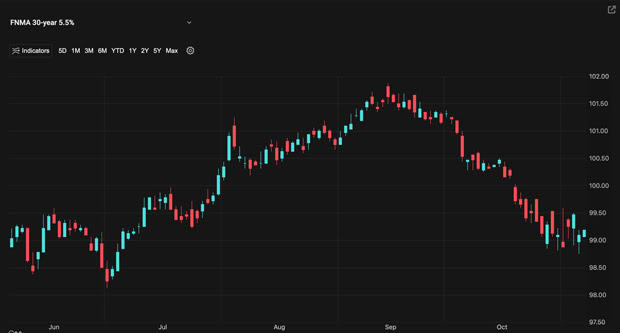|
The Results This past week, Donald Trump was elected to become the 47th President of the United States. As far as the balance of power is concerned, Republicans also captured control of the Senate, and the House of Representatives is yet to be determined. This surprising sweeping victory sent shockwaves through the financial markets on Wednesday.
Interest rates had endured a horrible October, with home loan rates climbing 0.75%. Many were hopeful the increase in rates would end once election day came and went. That is not how things worked out.
A major problem for the bond market now and in the immediate future is the accumulation of runaway debt. As of press time, our national debt is approaching nearly $36 trillion. This year alone, we will run a nearly $2 trillion deficit, the third highest in the history of our country, behind the Great Recession and the pandemic.
Yield resistance for the 10-year Note is now 4.50%. Hopefully this level will halt rates from moving higher. If it doesn't, rates will climb again to retest 4.70% - the highest levels of the year.
Next week, Fed Officials will be out speaking and commenting on the economy and monetary policy. This will be the first time they are talking after the October Jobs report released on November 1st. Back in August, the Fed said any further cooling in the labor market would be unwelcome. One would imagine they could not be too pleased with that reading. We will also get important readings on inflation, including the important Consumer Price Index, where the Core reading actually ticked above expectations in the previous month. |
|
Mortgage Market Guide Candlestick Chart |
|
Mortgage bond prices determine home loan rates. The chart below is a one-year view of the Fannie Mae 30-year 5.0% coupon, where currently closed loans are being packaged. As prices move higher, rates decline, and vice versa. |





